You have no items in your bag
When we think of “hyaluronic acid,” we typically think of a topical serum. But hyaluronic acid actually occurs naturally in your body. Classified as a humectant (a substance with the ability to retain moisture), hyaluronic acid plays a critical role in your health. The majority of hyaluronic acid, also known as “HA,” can be found in your skin where it helps maintain moisture and improve the look of skin volume and plumpness. Hyaluronic acid also helps maintain moisture in other areas, including your eyes, joints, and GI tract.
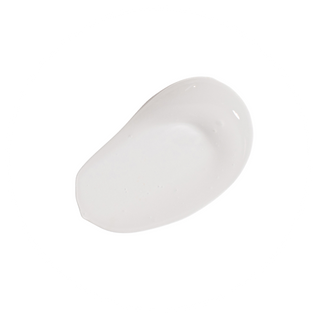
Apart from the hyaluronic acid in your body, HA can be produced in a lab for topical use. However, not all hyaluronic acid products are created equally, and formulas can differ widely in terms of their make up and effectiveness.
As we get older, our bodies become less efficient at making our own hyaluronic acid, and we start to lose youthful volume, glow, and plumpness. This decline occurs naturally with aging, and it can be accelerated by exposure to UVA/UVB rays, smoking, and poor diet.2
With the ability to hold 1,000 times its weight in water, HA is one of the best known hydrators in the world. HA serum can help your skin hold onto water to create a fuller, bouncier, fresher look. By restoring moisture to the skin, it helps dry, rough, aged skin look more moisturized and smooth.
When deciding which hyaluronic acid product is right for you, consider the molecular weight of the hyaluronic acid. Hyaluronic acid comes in several molecular weights: low molecular weight is a smaller molecule, whereas high molecular weight is a larger molecule. High molecular weight hyaluronic acid (like that used in ALASTIN HA IMMERSE Serum™) is the same molecular weight as the HA that occurs naturally in your skin, which means it delivers the same HA your skin loses as we age.Low molecular weight hyaluronic acid can be irritating in some cases, but high-molecular weight is generally non-irritating—good news for those of us with sensitive skin.You may also wish to look for ingredients like ALASTIN’s proprietary Octapeptide-45, which helps the skin’s ability to naturally increase its own high-molecular hyaluronic acid production for long-term, skin-plumping, anti-aging, and hydration benefits.
The benefit of a hyaluronic acid serum include:
According to the Cleveland Clinic, side effects or adverse reactions to hyaluronic acid are extremely rare, and it’s typically safe for pregnant or nursing mothers (although you should always check with your doctor before adding any products to your regimen during this time).
When appearing naturally within the body, hyaluronic acid is critical for healthy skin function—so it’s no surprise that HA can be beneficial for just about every sort of skin. For dry skin, the moisture-giving benefits of hyaluronic acid are obvious, but oily skin can benefit from HA as well. Hyaluronic acid is non-comedogenic (not pore clogging) and doesn’t feel heavy or greasy, so it can provide hydration oily or acne-prone skin needs without weighing it down.
Most dermatologists agree that hyaluronic acid can be used alongside retinol as well as other powerhouse anti-aging serums like those containing ALASTIN’s proprietary TriHex Technology®. Generally speaking, a good rule of thumb is to apply your skincare from lightest to heaviest, with sunscreen as the final step in the daytime. Because hyaluronic acid serum is typically very light, it can be applied as the second step directly after your cleanser.
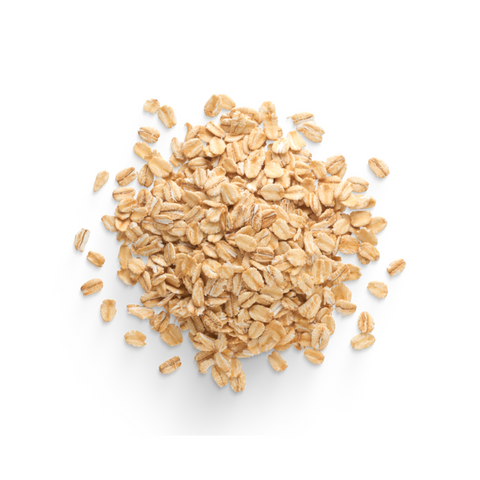
Explore how these nourishing natural ingredients can benefit your skin.
Learn More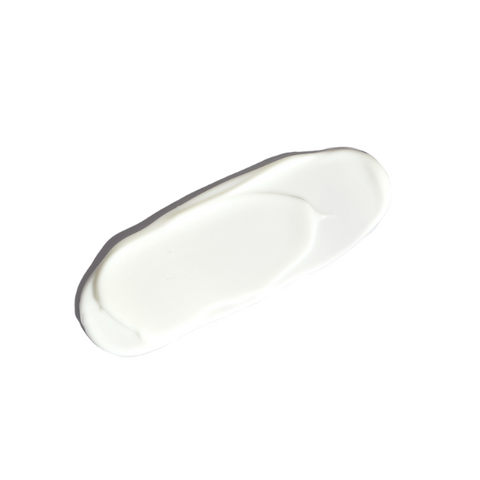
Understand how this sun-shielding superstar ingredient works and what zinc oxide can do for your skin.
Learn More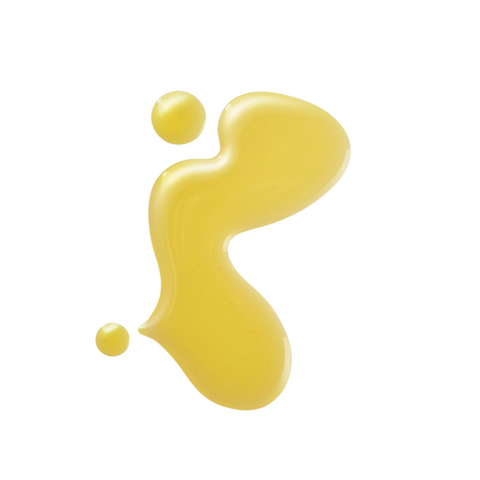
These potent anti-aging antioxidants can both protect and restore your skin.
Learn More
This skincare ingredient has science-backed benefits as one of the world’s most powerful anti-aging hydrators.
Learn More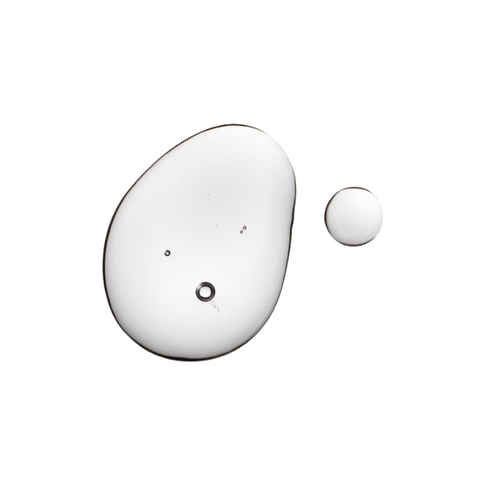
Understand the powerful anti-aging benefits of antioxidants and which antioxidants are best for your skin.
Learn More